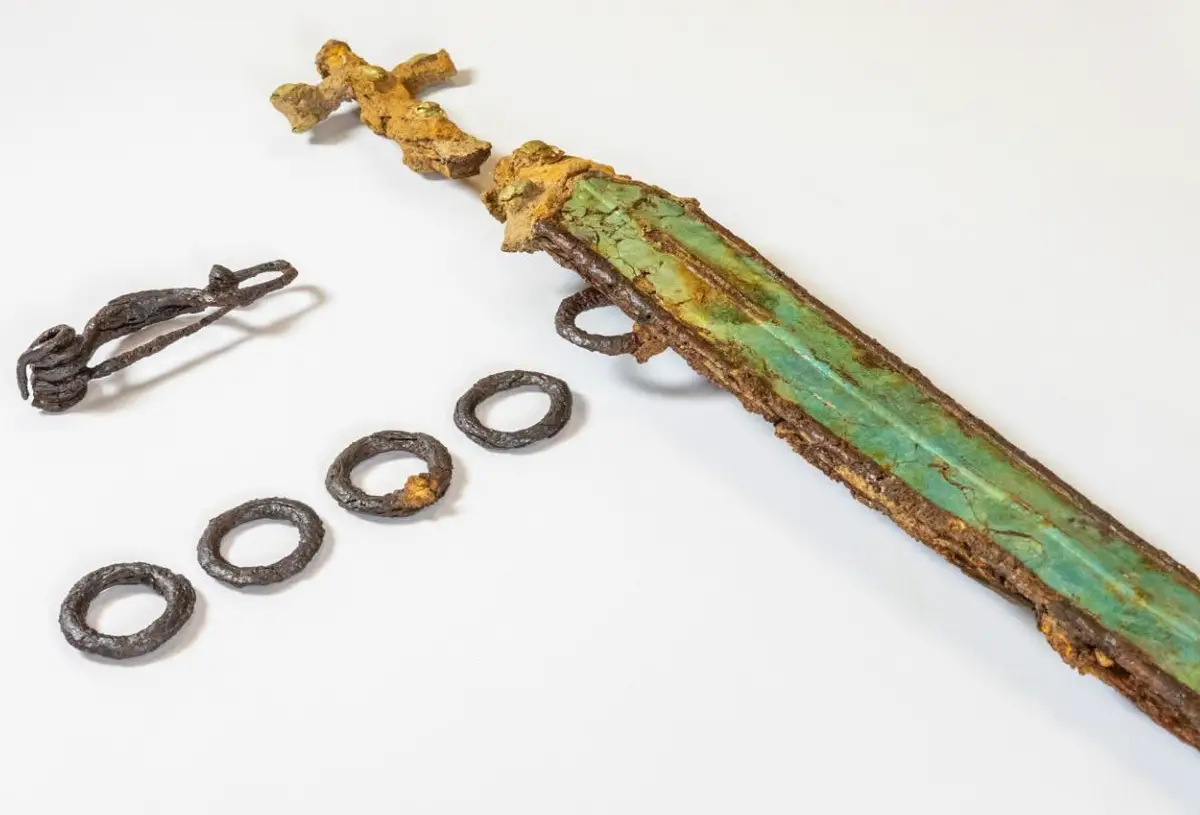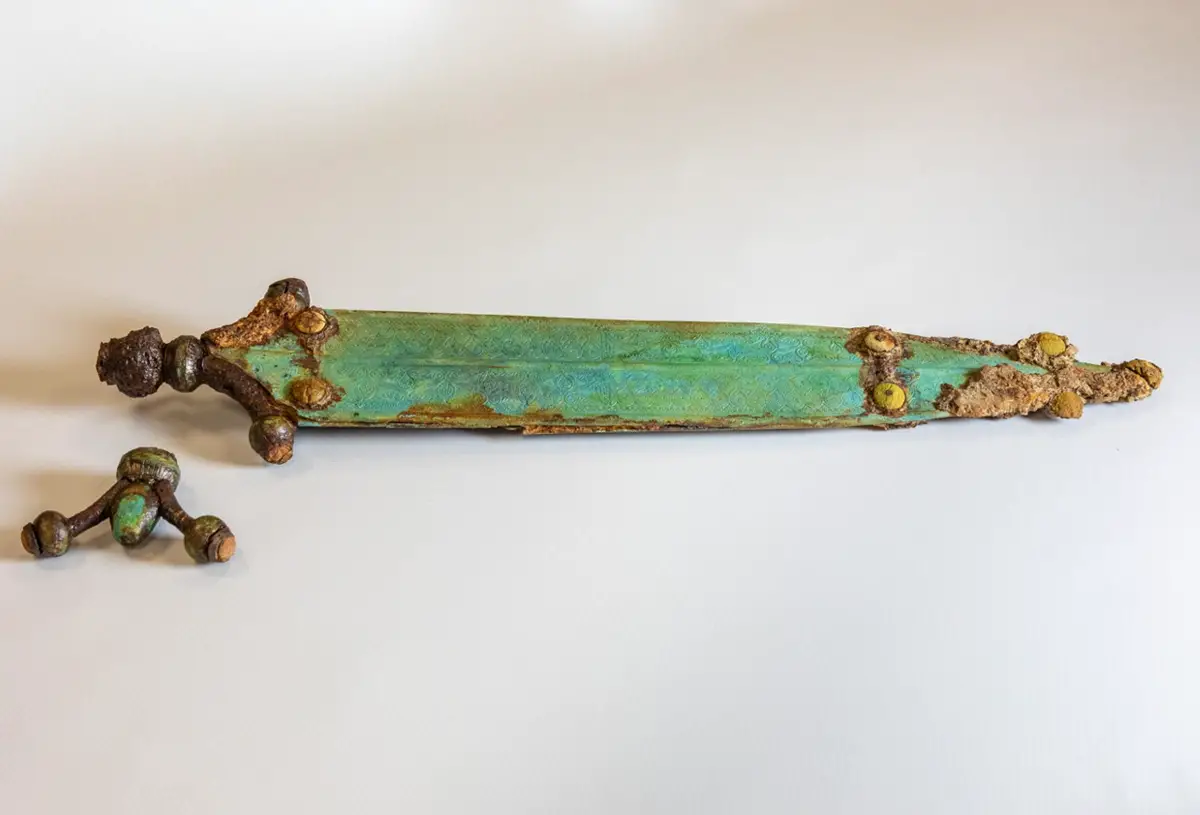Archaeologists from the National Institute for Preventive Archaeological Research (INRAP) have uncovered a necropolis with burials accompanied by richly adorned grave goods.
The necropolis is located at Creuzier-le-Neuf, a commune in the Allier department in central France. Covering an area of nearly 650 square metres, the necropolis is situated at an elevated location and is arranged in a quadrangular enclosure surrounded by a wide ditch.
Archaeologists have uncovered as many as 100 graves, mostly oriented north to south. Unfortunately, the acidic soil has completely destroyed all human and organic remains, leaving behind no physical trace of those who were interred.
What remains is a substantial collection of funerary offerings found in nearly half of the burials, which experts have dated to the Iron Age around the 4th to 3rd century BC. At that time, the necropolis would have been situated at the intersection of the Arverni, Aedui, and Bituriges Gallic tribal territories.
Most of the objects are personal ornaments, such as bracelets ranging from coiled copper alloy rods to decorated designs featuring circular motifs (ocelli) and long curving lines – suggesting both artistry and symbolism.

Also found are 18 severely degraded fibula (brooches) crafted from copper alloy or iron, one of which is a rare example decorated with a cabochon and silver leaf disc.
Among the necropolis’ most notable finds are two warrior burials, Graves 782 and 990, each containing a sword astonishingly well-preserved within its scabbard.
The sword scabbard in Grave 782 features a hilt and front plate crafted from copper alloys, adorned with intricate scrollwork (ocelli) and cabochon decorations, including glass inlays and swastika motifs.
The sword is a short, pointed iron blade with a handle distinguished by antennae-like extensions adorned with copper alloy spheres. An X-ray analysis has revealed decorative inlays on the blade, depicting a circle and crescent moon divided by a linear motif.
The sword in grave 990 is more understated, with only a pair of eyespot designs near the top of the scabbard. Traces of textile were caught and preserved in the metallic corrosion, likely from the deceased’s burial garments.
According to INRAP: “The work to stabilise the funerary objects has revealed exceptionally well-made metal ornaments and weapons that have few equivalents in Europe.”
Header Image Credit : Flore Giraud, INRAP
Sources : INRAP








